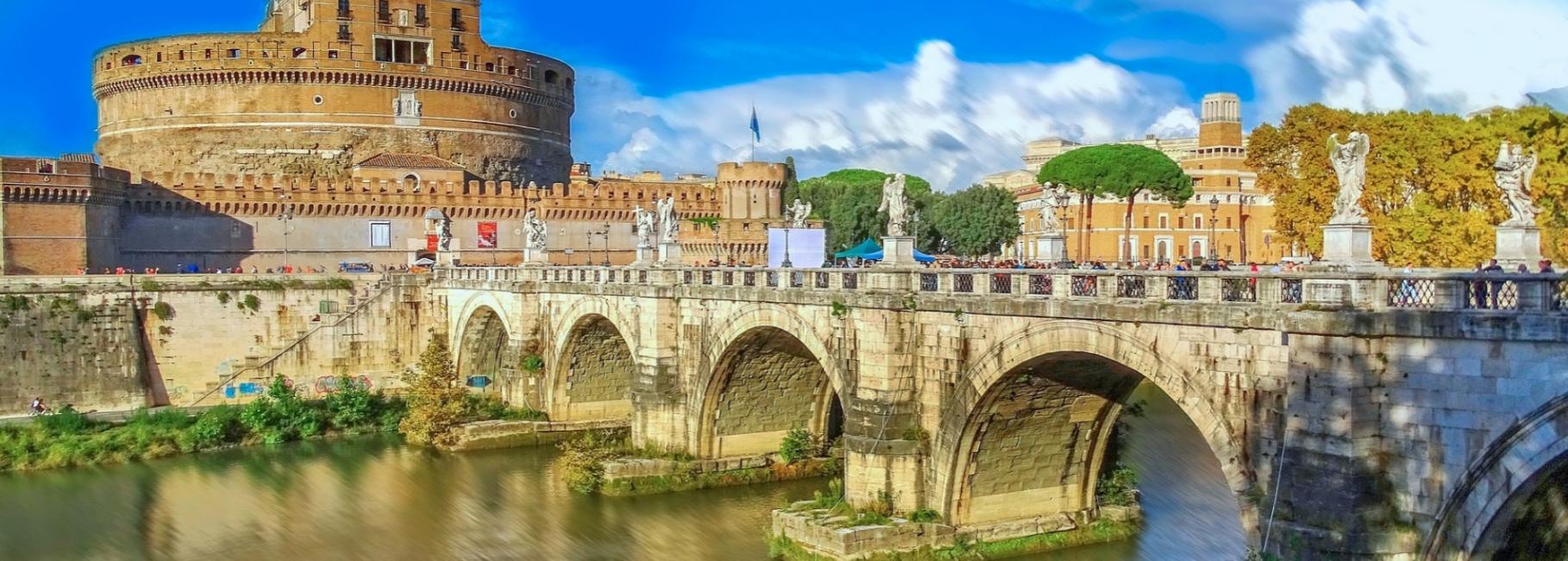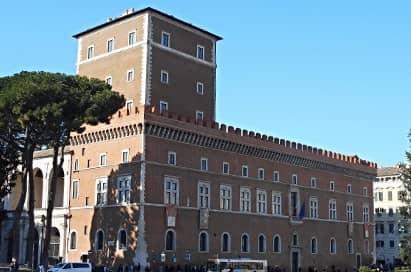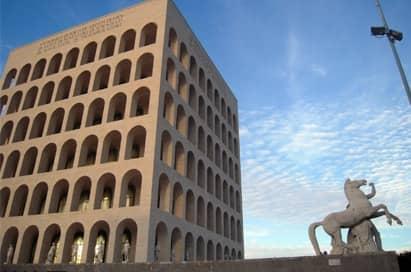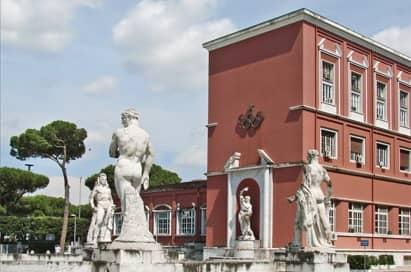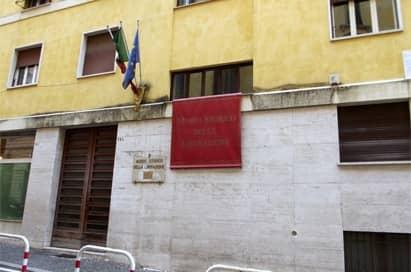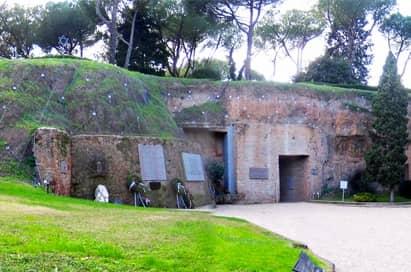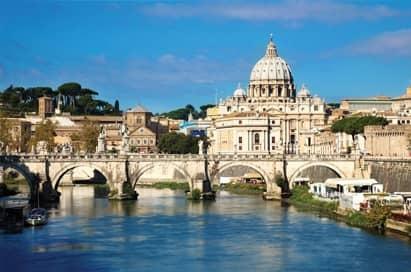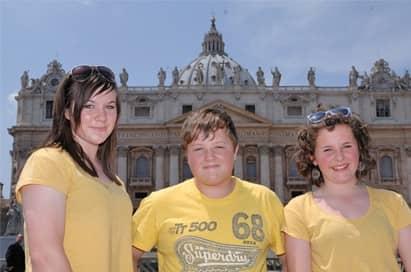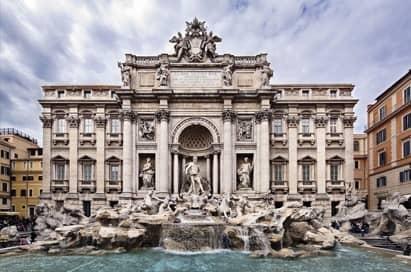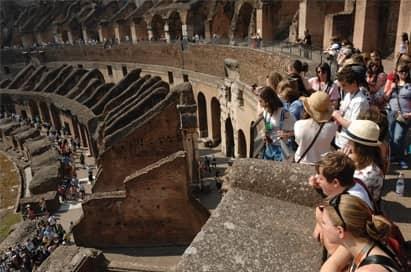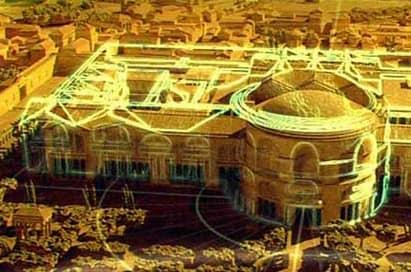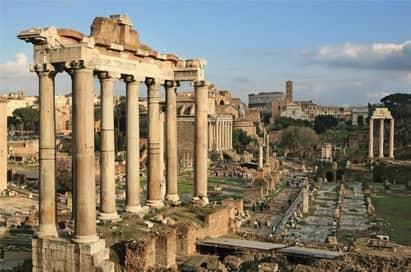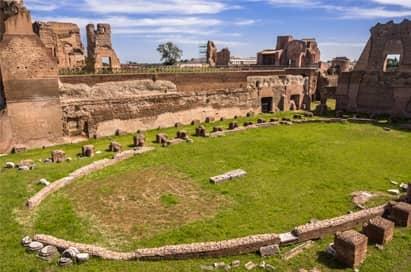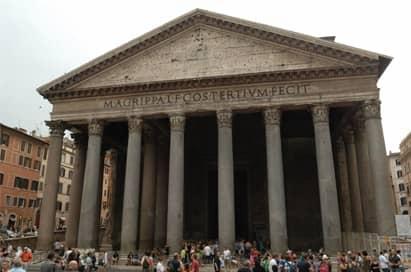Trips to Rome for History Students
On an A Level history college trip to Rome, your students will get to explore key historical sites and learn how Mussolini created an alternative view of Fascism; making it seem powerful and progressive. Using the ancient glories of the Roman Empire as inspiration, he was able to use this as propaganda to influence the Italian people, creating a population that would obey his rule.
Exploring key locations used by Mussolini, your students will get to investigate the impact of Fascist rule on the lives of ordinary Italian people, whilst getting to visit sites of great historical importance.
Take a look at all of our Rome College & University Trips.
Prices start from£369pp
Sample itinerary
Our sample itinerary provides you with an idea of the visits you can cover during your trip. We can tailor-make an itinerary to support your specific learning outcomes.
| Morning | Afternoon | Evening | |
|---|---|---|---|
| 1 | Daytime flight from a London airport & transfer to accommodation | Free time. Evening meal | |
| 2 | Fosse Ardeatine memorial. Guided tour of key Fascism sites including EUR district, Foro Italico and the balcony of Palazzo Venezia. | Evening meal | |
| 3 | Guided sightseeing visit to Vatican City includes the Vatican Museum, Sistine Chapel & St Peter’s Basilica. | Visit to the Historical Museum of the Liberation – Via Tasso (optional guided tour). | Time Elevator & evening meal |
| 4 | Last minute shopping & sightseeing | Transfer to airport for return flight to the UK | |
- 1
- 2
- 3
- 4
| Morning | Daytime flight from a London airport & transfer to accommodation |
|---|---|
| Afternoon | |
| Evening | Free time. Evening meal |
| Morning | Fosse Ardeatine memorial. Guided tour of key Fascism sites including EUR district, Foro Italico and the balcony of Palazzo Venezia. |
|---|---|
| Afternoon | |
| Evening | Evening meal |
| Morning | Guided sightseeing visit to Vatican City includes the Vatican Museum, Sistine Chapel & St Peter’s Basilica. |
|---|---|
| Afternoon | Visit to the Historical Museum of the Liberation – Via Tasso (optional guided tour). |
| Evening | Time Elevator & evening meal |
| Morning | Last minute shopping & sightseeing |
|---|---|
| Afternoon | Transfer to airport for return flight to the UK |
| Evening |
Price Shown includes
- 3 nights’ bed & breakfast accommodation
- Return flights & overseas airport transfers
- Services of a StudyLink Rome City Representative
- Extensive group travel insurance
- 1 in 10 free place ratio
The visits shown in the sample itinerary above are not included in your quoted price unless indicated. If you would like to add any of these activities to your quote price, please get in touch.
Price shown is based on 30 paying passengers departing from a London airport on selected dates and is subject to availability.
On-tour support includes...
- Airport assistance when you arrive back at your UK airport when you book a coach transfer to take you home
- Services of a StudyLink City Representative to provide a 24-hour assistance
Additional on-tour support available...
- Airport assistance during check-in, security and gate checks on your outbound flight from the UK
- Services of a Local Guide
- Pre-booked meals at great group prices
- A choice of packed lunches for your group throughout your stay
- Pre-booked and pre-paid public transport tickets
Top visits for college groups in Rome
Evening activities
- Time Elevator
Study themes
- EdExcel A Level - Paper 2, Option 2G.1: The rise and fall of fascism in Italy, c1911–46
- AQA A Level - 2L Italy and Fascism, c1900–1945
Study levels
A Level

